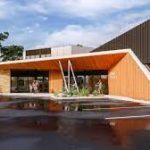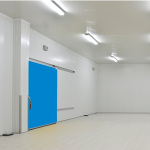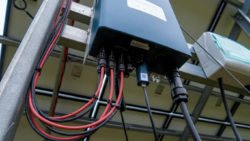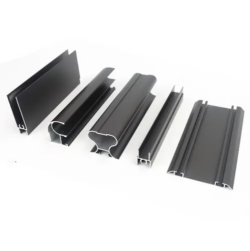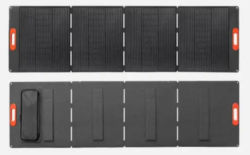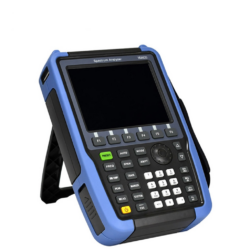How to Create Inclusive Facilities through Childcare Construction?
When it comes to childcare facilities, creating an inclusive environment is of utmost importance. Childcare construction sydney should be spaces where every child, regardless of their abilities or needs, feels welcome and supported. Achieving inclusivity begins with thoughtful childcare construction and design. In this comprehensive guide, we’ll explore how to create inclusive facilities through childcare construction, ensuring that children of all backgrounds and abilities can thrive.
The Importance of Inclusive Childcare Facilities
Inclusive childcare facilities go beyond compliance with regulations; they prioritize the well-being and development of every child. Here are some compelling reasons why inclusive childcare facilities are crucial:
Equal Opportunity: Inclusive facilities provide equal opportunities for all children, promoting fairness and eliminating discrimination.
Diverse Learning: Children benefit from exposure to diverse backgrounds and abilities, fostering empathy and understanding.
Enhanced Development: Inclusive environments support the development of social, emotional, and cognitive skills in all children.
Parental Confidence: Parents feel more confident entrusting their children to centres that prioritize inclusivity.
Legal Requirements: In many regions, there are legal requirements to ensure accessibility and inclusivity in childcare facilities.
Key Elements of Inclusive Childcare Construction
Creating inclusive childcare facilities involves thoughtful planning and design. Here are the key elements to consider during childcare construction:
Accessible Design
Entrances and Exits:
Ensure that entrances and exits are wheelchair accessible with ramps and automatic doors.
Bathrooms:
Design accessible bathrooms with wider doors, grab bars, and changing tables at an appropriate height.
Play Areas:
Create accessible pathways to play areas and ensure play equipment accommodates children with mobility challenges.
Sensory-Friendly Spaces
Quiet Zones:
Designate quiet spaces for children who may need a break from sensory stimulation.
Sensory Integration Rooms:
Include sensory integration rooms with sensory-friendly equipment for children with sensory processing disorders.
Flexible Layouts
Multipurpose Spaces:
Design multipurpose spaces that can be easily adapted for various activities and needs.
Adjustable Furniture:
Use adjustable furniture that can be modified to accommodate different ages and abilities.
Safety Measures
Secure Fencing:
Ensure outdoor play areas are securely fenced to prevent children from wandering off.
Emergency Exits:
Clearly mark and ensure easy access to emergency exits.
First Aid Stations:
Include well-equipped first aid stations that are easily accessible.
Staff Training and Inclusion
Staff Education:
Train staff on inclusive practices, disability awareness, and communication techniques.
Inclusive Curriculum:
Develop an inclusive curriculum that celebrates diversity and supports all children’s learning styles.
Collaboration with Experts
Consult Specialists:
Collaborate with experts, such as occupational therapists and special education professionals, during the design process.
Parental Involvement:
Involve parents and caregivers in the planning to gain insights into their children’s unique needs.
Inclusive Childcare Design in Action
To better understand how inclusive childcare construction can be applied, let’s look at an example of a childcare centre that has successfully created an inclusive facility.
Case Study: Sunshine Inclusive Childcare Center
1. Accessible Design:
Sunshine Center provides ramps and elevators for easy access to all areas, ensuring children with mobility challenges can move freely.
2. Sensory-Friendly Spaces:
They have a sensory room with adjustable lighting, calming sensory toys, and quiet spaces for children who need a break.
3. Flexible Layouts:
The centre’s multipurpose rooms are designed to accommodate different activities, from group learning to individual play.
4. Safety Measures:
Sunshine Center has secure fencing around its outdoor play areas and conducts regular emergency drills to ensure children’s safety.
5. Staff Training and Inclusion:
All staff members receive training in inclusive practices, and the centre offers ongoing professional development opportunities.
6. Collaboration with Experts:
The centre collaborates with speech therapists, occupational therapists, and behaviour specialists to provide comprehensive support for children with diverse needs.
Conclusion
Creating inclusive facilities through childcare construction is not only a legal requirement in many places but also a moral imperative. Inclusive childcare centres benefit all children by providing equal opportunities, fostering diversity, and supporting development. By considering key elements such as accessible design, sensory-friendly spaces, flexible layouts, safety measures, staff training, and collaboration with experts, childcare providers can create environments where every child can thrive.
In the case of Sunshine Inclusive Childcare Center, their commitment to inclusivity has made them a shining example of how childcare construction can create spaces where children of all abilities feel valued, supported, and encouraged to reach their full potential. As we look to the future of childcare facilities, let’s continue to prioritize inclusivity to ensure a brighter and more inclusive world for our youngest generations.

